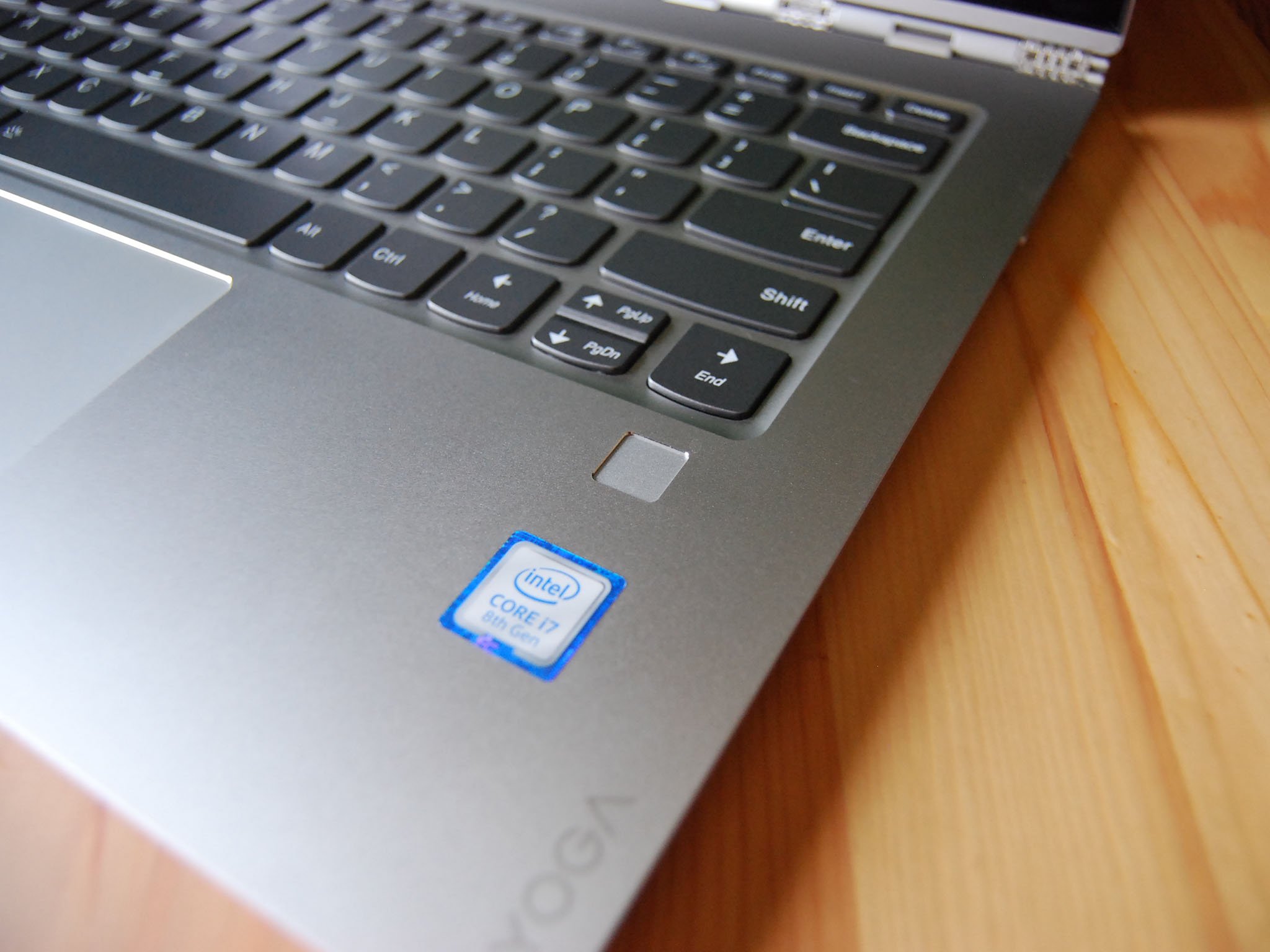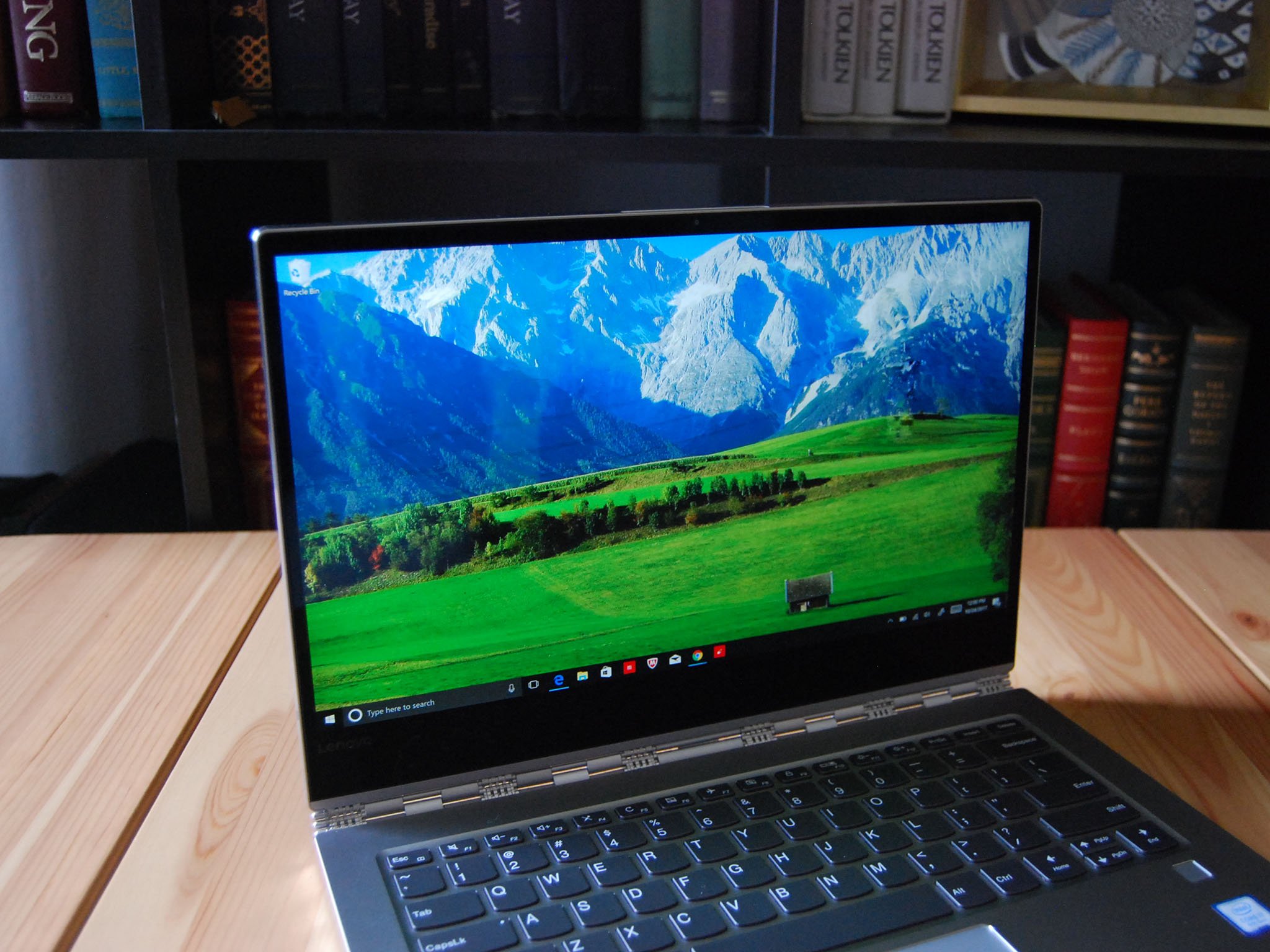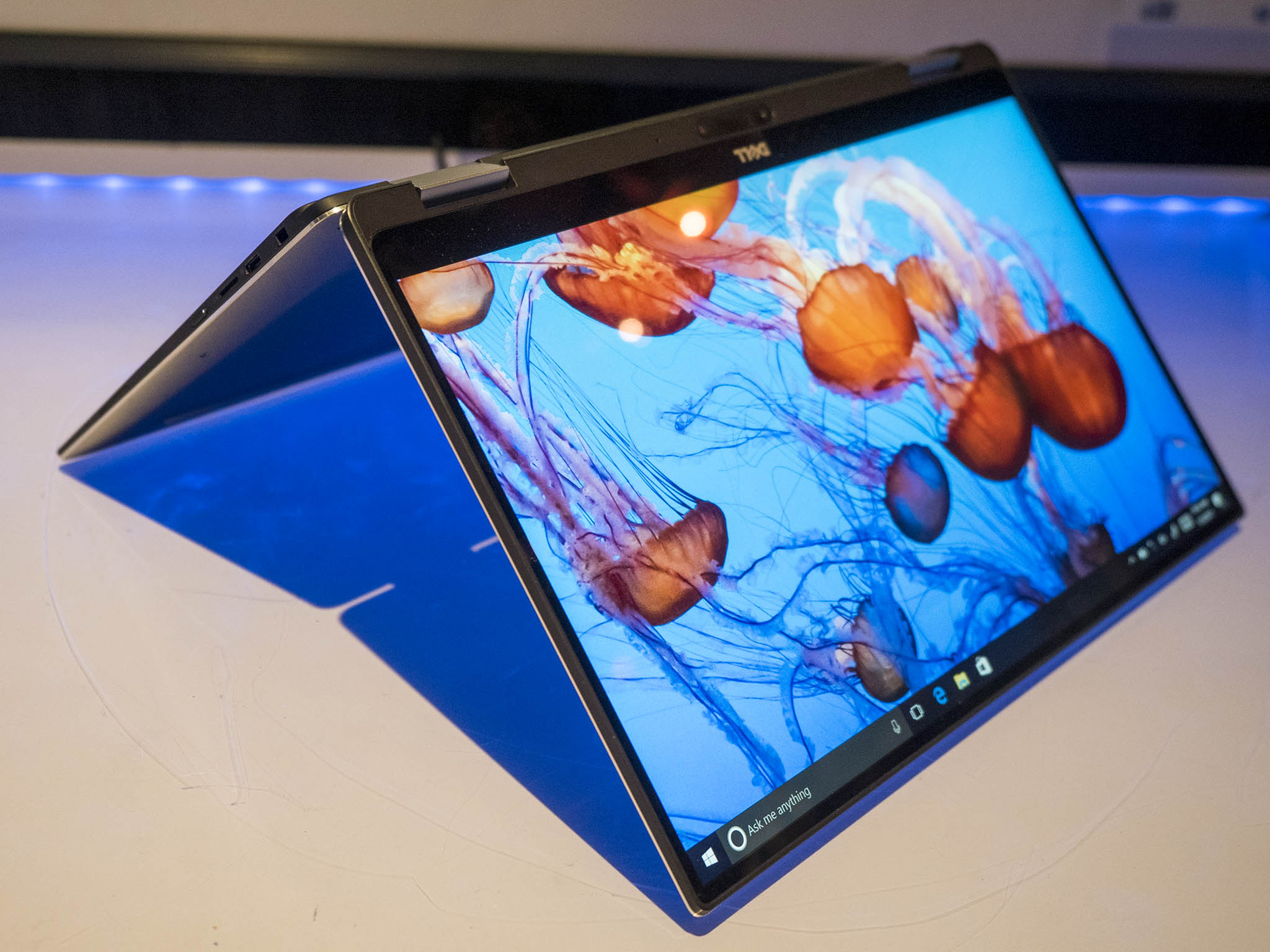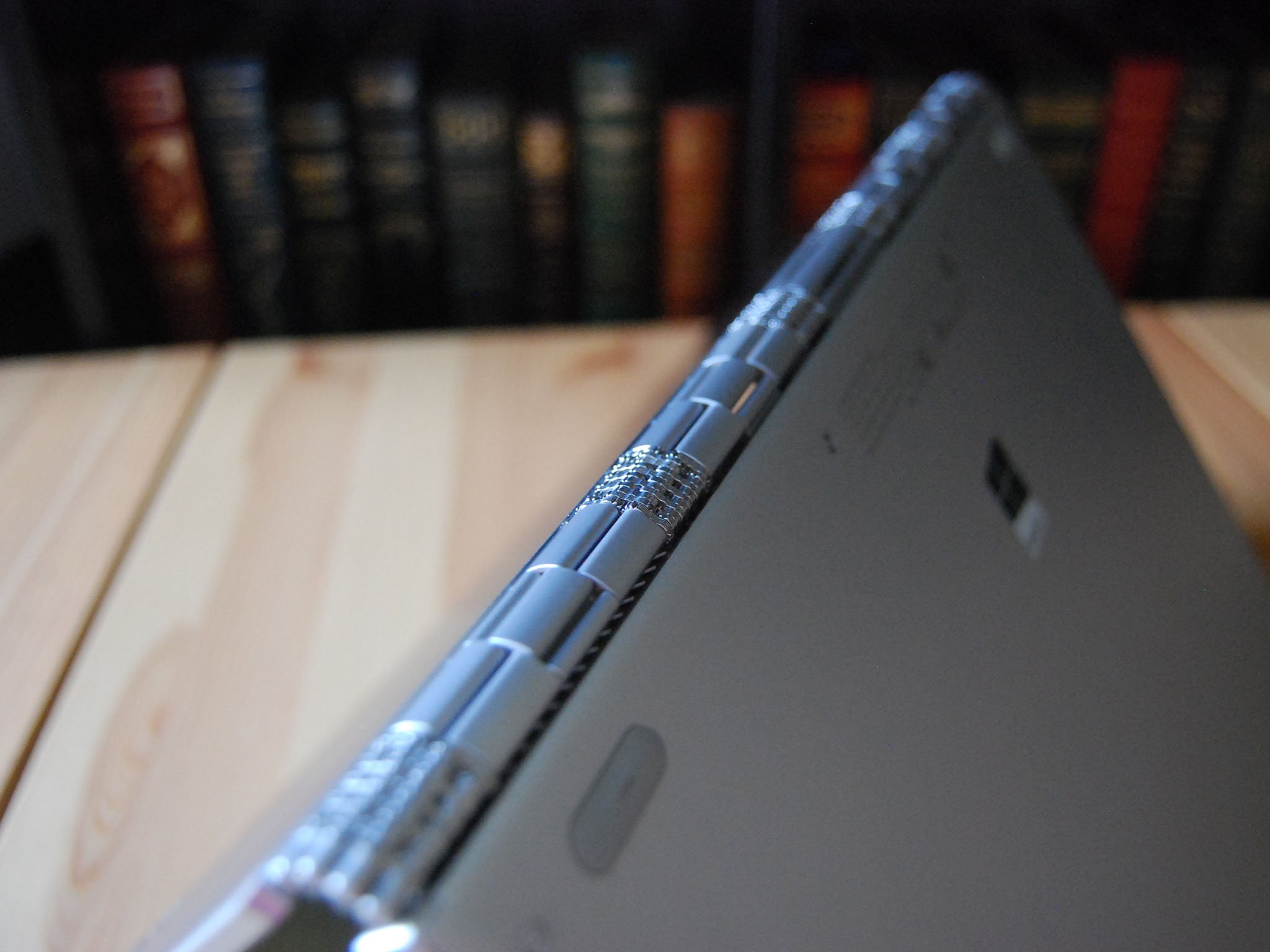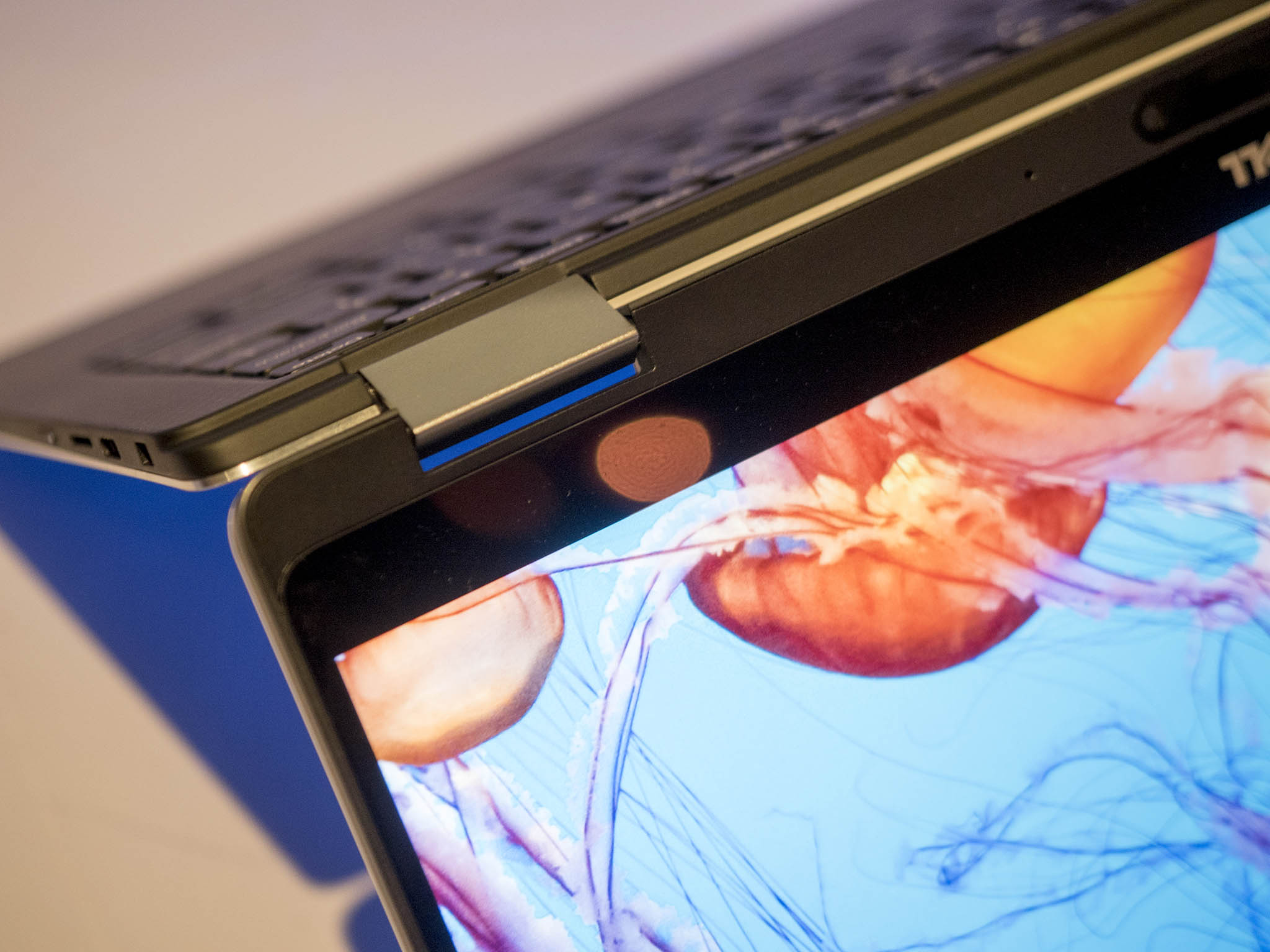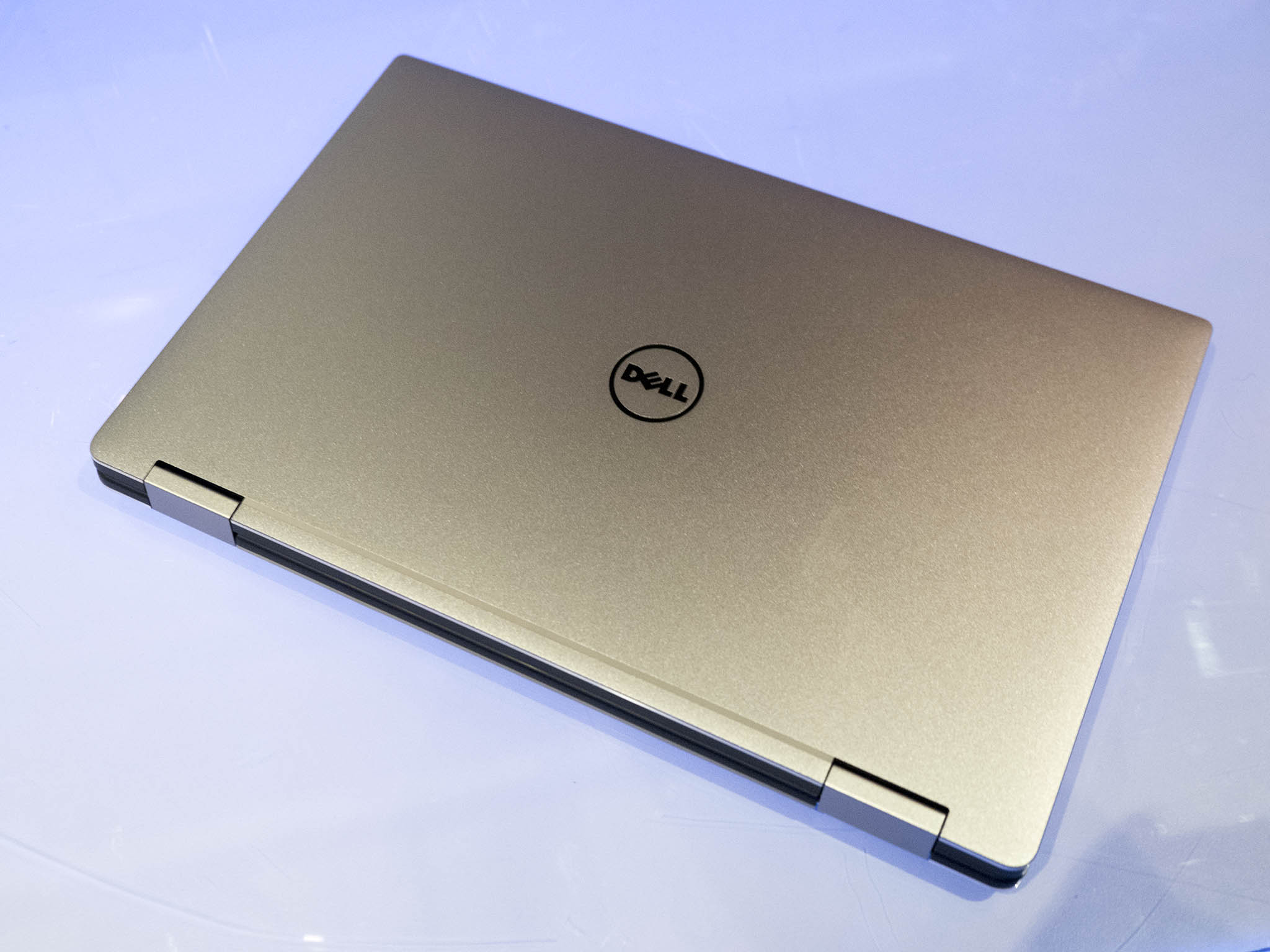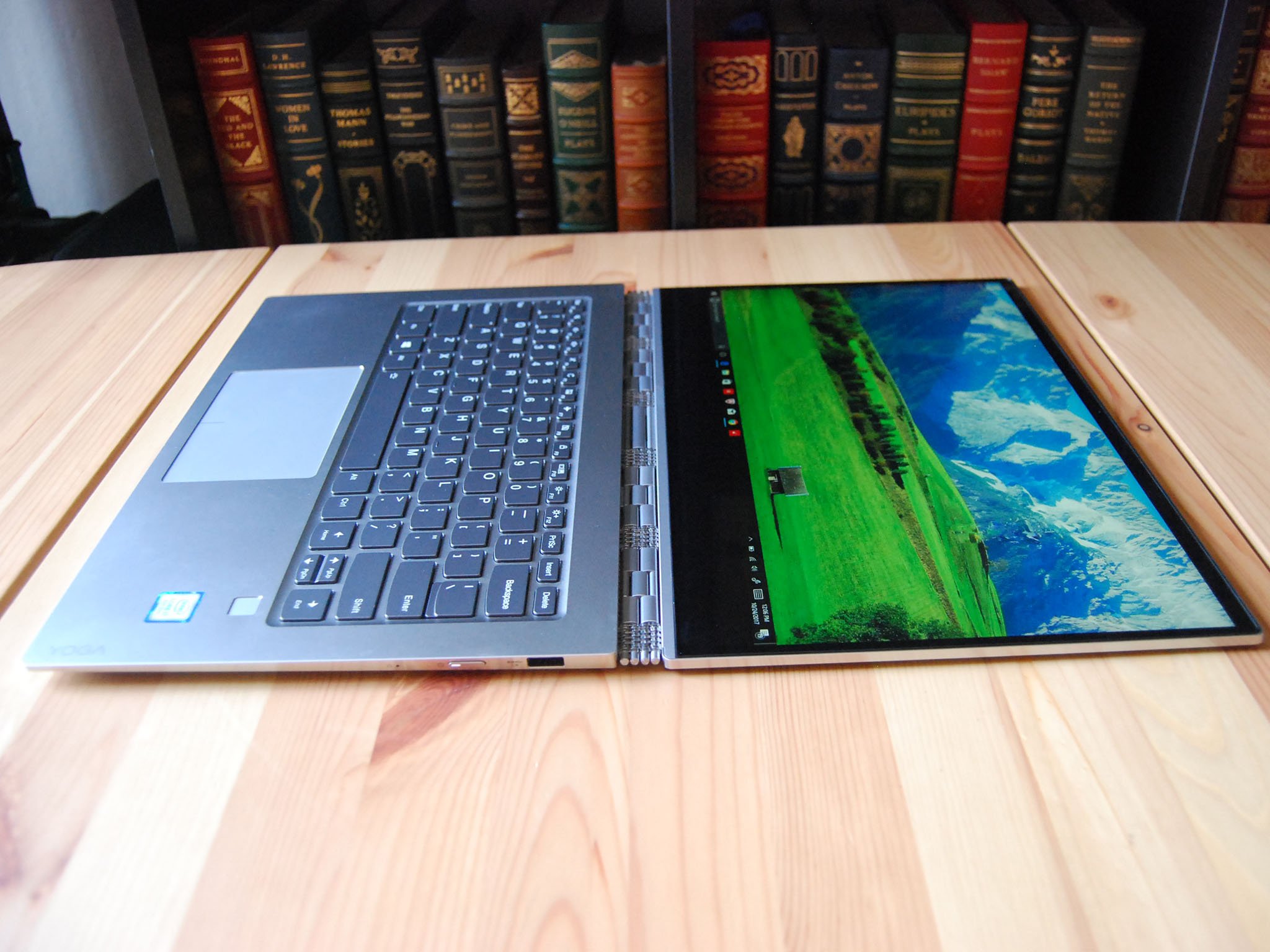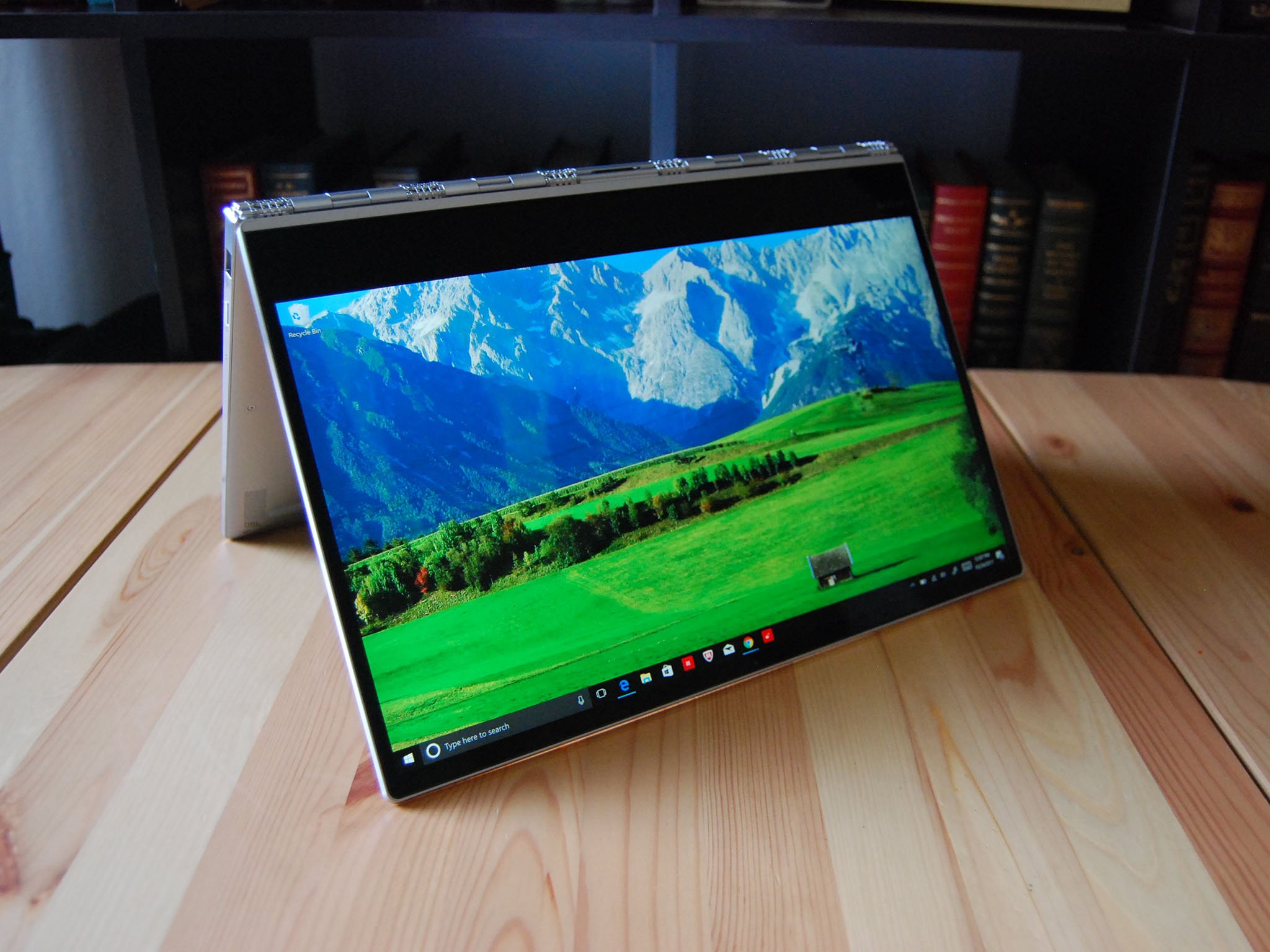
Lenovo and Dell are both near the top of the pile when it comes to laptop manufacturers, and both make a popular convertible laptop. Lenovo's Yoga 920 is their premium device with a watchband hinge and available 4K display, while Dell's XPS 13 2-in-1 takes a lot of what we love from their premium XPS line and give it 360-degree hinges.
Shopping for a new convertible and have these two in your sights? There are plenty more similarities and differences between the two, which we'll cover here.
Lenovo Yoga 920 vs. Dell XPS 13 2-in-1: Specifications
| Category | Lenovo Yoga 920 | Dell XPS 13 2-in-1 |
|---|---|---|
| Processor | Eighth-gen Intel Core i5-8250U Eighth-gen Intel Core i7-8550U | Seventh-gen Intel Core i5-7Y54 Seventh-gen Intel Core i7-7Y75 |
| Display size | 13.9 inches | 13.3 inches |
| Display resolution | 1,920 x 1,080 FHD 3,840 x 2,160 UHD | 1,920 x 1,080 FHD 3,200 x 1,800 QHD+ |
| RAM | 8GB DDR4 16GB DDR4 | 4GB DDR3 8GB DDR3 16GB DDR3 |
| Graphics | Integrated Intel HD 620 | Integrated Intel HD 615 |
| Storage | 256GB/512GB/1TB PCIe SSD | 128GB/256GB/512GB/1TB PCIe SSD |
| Camera | Front-facing 720p | Front-facing 720p |
| Biometrics | Fingerprint reader Windows Hello | Fingerprint reader IR camera Windows Hello |
| Pen | Lenovo Active Pen 2 (included with 4K config) | Dell Active Pen (not included) |
| Ports | One USB-A 3.0 Two USB-C Thunderbolt 3 3.5mm audio jack | One USB-C Thunderbolt 3 One USB-C 3.1 One microSD card reader 3.5mm audio jack |
| Battery | Four-cell 70WHr | Four-cell 46WHr |
| Dimensions | 12.7 in x 8.8 in x 0.6 in (323 mm x 223.5 mm x 13.95 mm) | 11.98 in x 7.81 in x 0.32-0.54 in (304 mm x 199 mm x 8-13.7 mm) |
| Weight | Starting at 3.02 lbs (1.37 kg) | Starting at 2.7 lbs (1.24 kg) |
| Price | Starting at about $1,330 | Starting at about $1,000 |
Lenovo Yoga 920 vs. Dell XPS 13 2-in-1: Performance
The main difference in performance you're going to see here has to do with the processor (CPU) in each laptop. The Yoga 920 uses eighth-generation Core i5 and Core i7 U-series CPUs, while the XPS 13 2-in-1 uses seventh-generation Core i5 and Core i7 Y-series CPUs.
Both CPUs in the Yoga 920 have four cores whereas the CPUs in the XPS 13 2-in-1 only have two cores. This is where most of the difference comes from and will be mostly noticeable when multitasking, but the clock speeds are also different. The Core i7-8550U has a top speed of 4.0GHz, while the Core i7-7Y75 has a top speed of 3.6GHz. There's really only one choice if you need a real performer, and that's the Yoga 920.
One thing the Yoga 920 doesn't have is a base model with low specs. If you're looking for an everyday driver for productivity and watching media, the XPS 13 2-in-1 is available in a configuration with 4GB of RAM and a 128GB SSD, effectively saving you money while cutting out performance you don't need.
Lenovo Yoga 920 vs. Dell XPS 13 2-in-1: Display
Because these are both convertible laptops, they both have touch displays. You can use them in tablet mode and standard notebook mode, plus you can set them up in tent and stand modes for watching videos. The XPS 13 2-in-1's display is available in 1080p and 1800p, while the Yoga 920 is available in 1080p and 4K. Both are great to look at, and it's really up to which resolution you want.
It might be easier to decide between the two if you're interested in a digital pen. Included with the 4K Yoga 920 is Lenovo's Active Pen 2, with 4,096 levels of pressure sensitivity. Dell also offers an Active Pen, though it's sold separately with all models of the XPS 13 2-in-1. While it's not necessarily a bad inking experience, it does only have half as many level of pressure sensitivity.
All the latest news, reviews, and guides for Windows and Xbox diehards.
Lenovo Yoga 920 vs. Dell XPS 13 2-in-1: Design and features
Both of these laptops are plenty thin and light, though the XPS 13 2-in-1 is a bit thinner and has a slightly smaller footprint. If you need a mobile laptop, really either of these will work.
To sign in with Windows Hello, the XPS 13 2-in-1 has both a fingerprint reader and an IR camera, though the camera is located below the display. Some hate this, as it creates a bit of a nose-cam when conferencing. You can also use Windows Hello to sign in on the Yoga 920, but you're stuck with using a fingerprint reader.
One of the Yoga 920's most striking features is its watchband hinge that runs the length of the laptop. It provides a smooth, sturdy action when rotating the display around, and it also looks super cool. The XPS 13 2-in-1 uses a sturdy double-hinge solution that works well but doesn't quite have the same appeal.
The keyboard and touchpad are more up to personal preference. Both have sizeable, Precision touchpads, and both have backlit chiclet keyboards with enough key travel to keep a day's worth of typing comfortable. If possible, give the keyboard and touchpad a test in person before deciding on either.
Finally, ports on both laptops are a bit limited, but that's expected due to the size. If you absolutely need USB-A for your older peripherals, the Yoga 920 has one. It also has two Thunderbolt 3 ports for connecting external monitors and any other accessories you have. Likewise, the XPS 13 2-in-1 has a Thunderbolt 3 port and a standard USB-C port, but it has no USB-A. Instead, there's a microSD card reader for quick transfer of your data from peripherals.
Lenovo Yoga 920 vs. Dell XPS 13 2-in-1: Battery
The battery in the Yoga 920 is quite a bit larger, but the CPU does have a 15W thermal design point (TDP). The XPS 13 2-in-1 battery is smaller, but the Y-series CPUs have a lower 4.5W TDP. This narrows the difference a bit, but there is still a difference.
The XPS 13 2-in-1 can get about eight hours of usage from a charge in the 1080p version, while the 4K Yoga 920 gets about 10 hours of life from a charge. The 1080p Yoga 920 would get longer life, while the QHD+ version would get less in the XPS 13 2-in-1.
For those without ready access to a plug — frequent travelers, field workers — the Yoga 920 will deliver more hours of power on a single charge.
Lenovo Yoga 920 vs. Dell XPS 13 2-in-1: Price
For a device that will work well as a productivity machine (word processing, web browsing, and some video watching) the baseline XPS 13 2-in-1 will fit well and is the cheapest option at about $1,000.
The baseline Yoga 920 starts at about $1,330 but has an eighth-generation U-series Core i5 CPU, 8GB of RAM, and a 256GB SSD. An XPS 13 2-in-1 with similar specs, albeit with the less powerful Y-series Core i5 CPU, costs about $1,200. If you need the best performance possible, that extra $130 dollars are worth spending for the quad-core U-series CPU.
Comparing high-resolution models, you can grab a 4K Yoga 920 for just over $1,500. An XPS 13 2-in-1 with an 1800p display starts at about $1,450.
Lenovo Yoga 920 vs. Dell XPS 13 2-in-1: Conclusion
After examining both of these laptops, it's safe to say that they're both quality devices that should keep most people happy for years to come.
If you'd like something that's lower cost and doesn't have a ton of performance hardware inside, the baseline XPS 13 2-in-1 makes a great laptop for checking email, browsing the web, word processing, and watching videos. If you love the XPS look, you can always spend more and upgrade the hardware and display resolution.
For anyone who needs a real workhorse, however, the quad-core CPU in the Yoga 920 can't be ignored. Keep an eye on port selection as well, as it has a USB-A port where the XPS 13 2-in-1 does not. It's also the only laptop of the two with a 4K display option.
More resources
For more information, have a look at our review of the Yoga 920, as well as our comparison between the standard XPS 13 (9360) and the 2-in-1 model.
- Lenovo Yoga 920 review
- Dell XPS 13 (Late 2017) review
- Dell XPS 13 (9360) vs. XPS 13 2-in-1

Cale Hunt brings to Windows Central more than nine years of experience writing about laptops, PCs, accessories, games, and beyond. If it runs Windows or in some way complements the hardware, there’s a good chance he knows about it, has written about it, or is already busy testing it.
